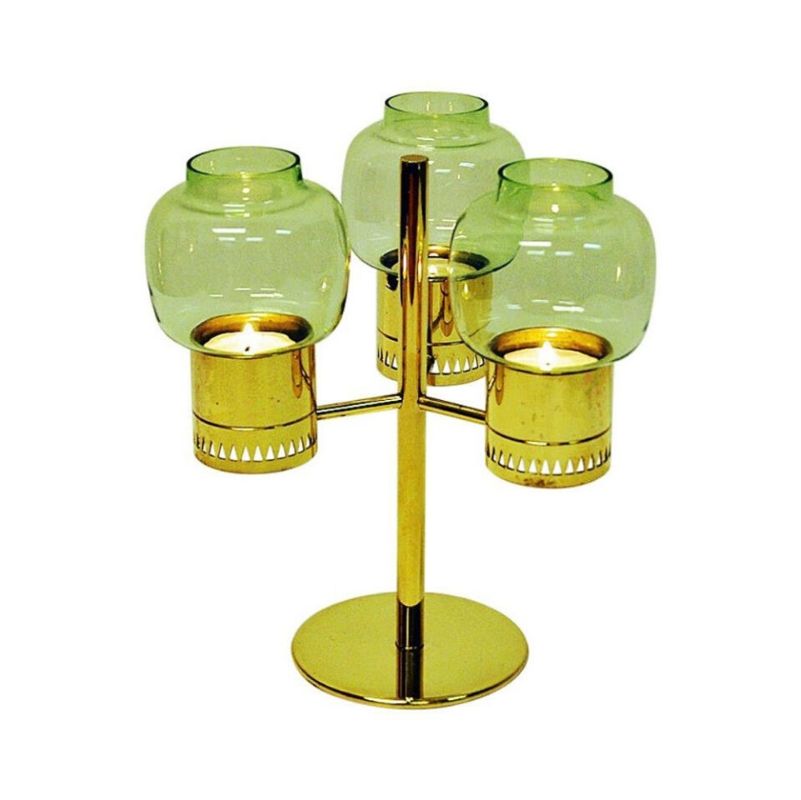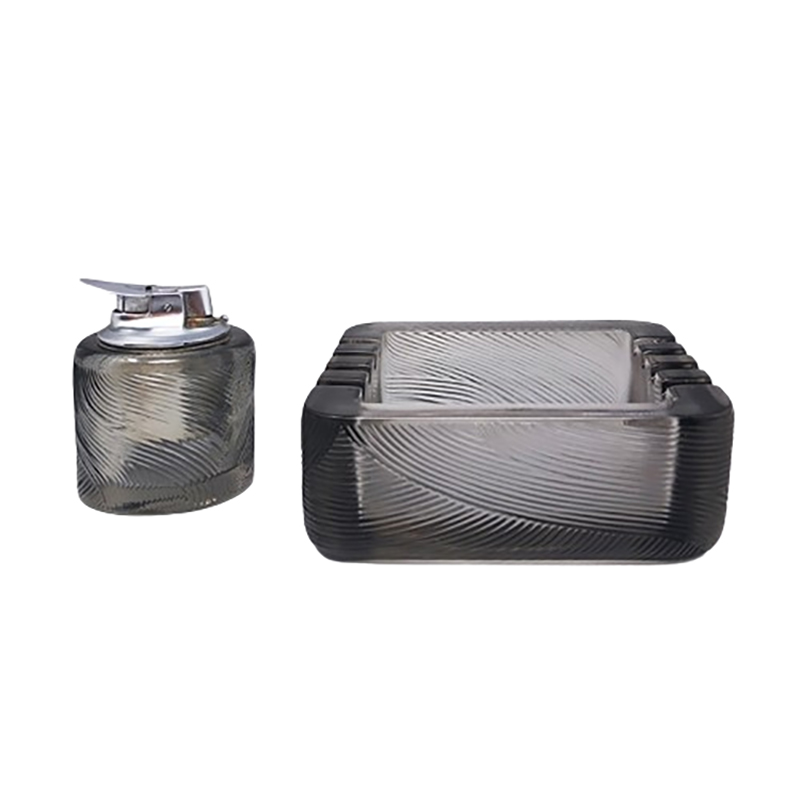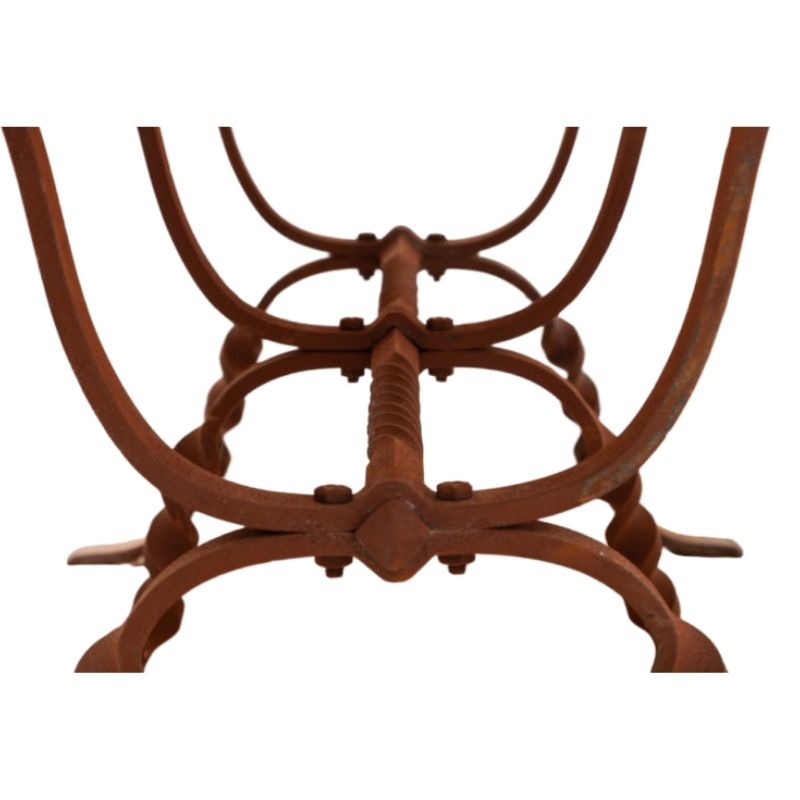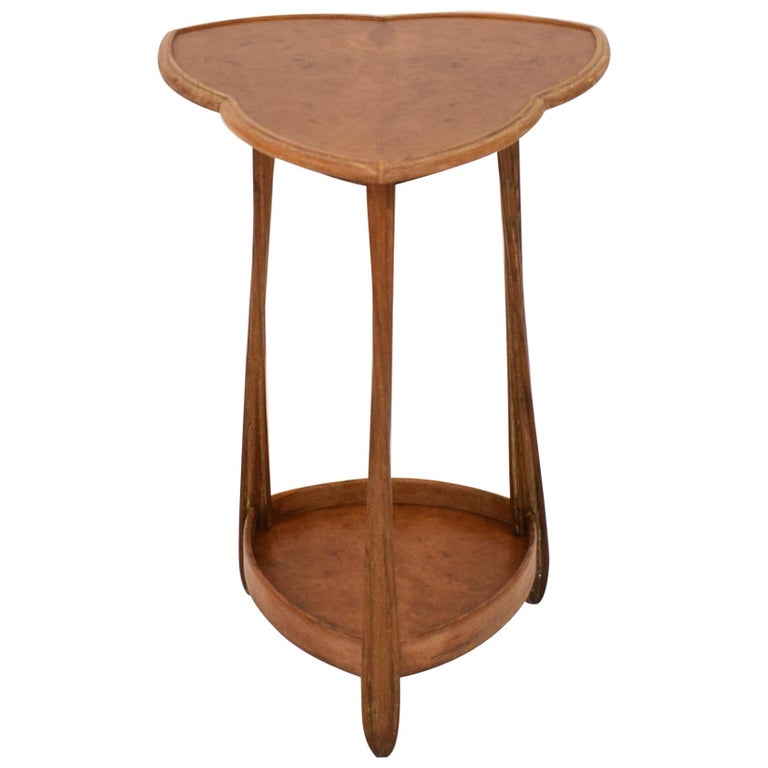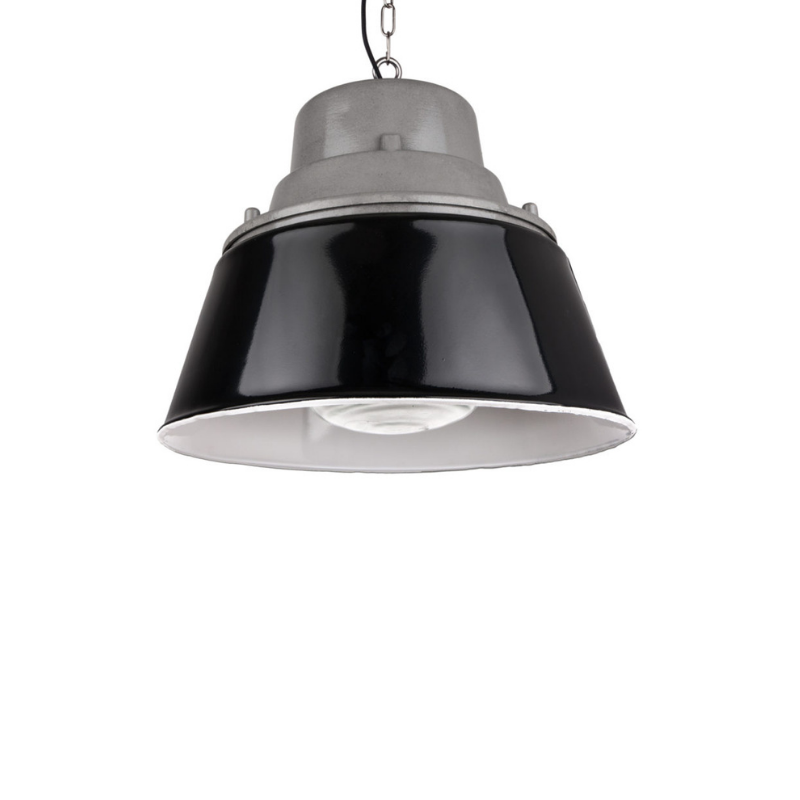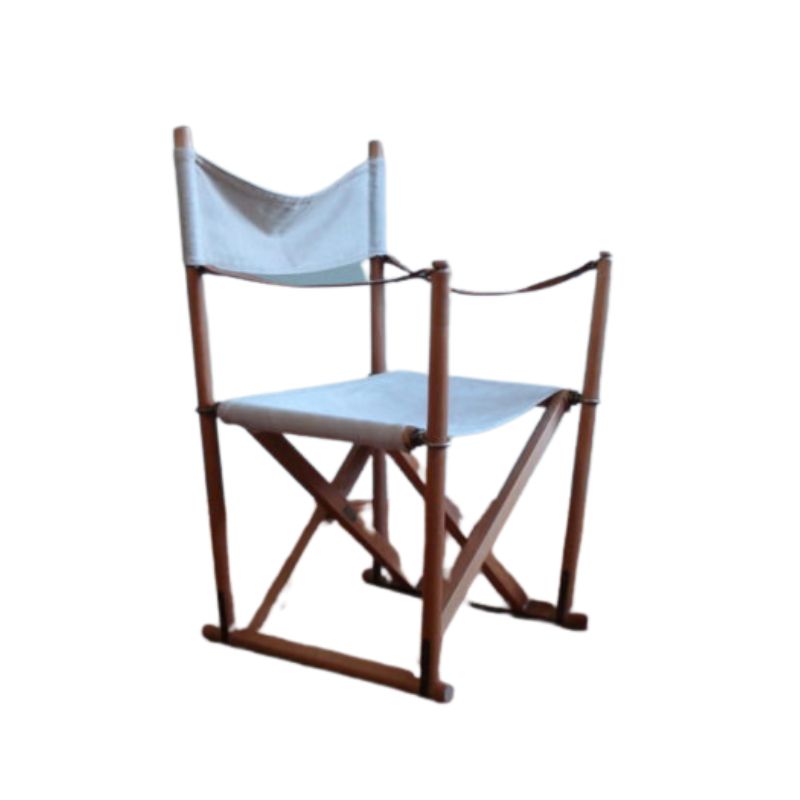Older seat padding often used some combo of coir (coconut fiber), horse or hog hair (sometimes rubberized to maintain a certain shape), cotton batting or felt overlay, and sometimes muslin at the end (which then sat around waiting for the end user to decide on final upholstery. I have a Kofod Larsen all-wood Penguin chair that had those layers minus the muslin. Here are two photos that show 1) plywood seat with coir padding on top, and 2) other buildup layers of rubberized hair, cotton batting, then fabric on top.
If your buildup is some combo of that, I would certainly try to keep it, if in good shape. The top fabric does look like it was replaced. If there was some type of foam underneath, I would expect it would have been added during the reupholstering effort.

On a tangent, the plywood seat had its original teak veneer top layer in excellent shape due to being covered and protected for over half a century by the upholstered buildup. Hence I chose not to reupholster during the restoration process.

How it looks like;
- wood
- hair
- coir (or the other way around maybe)
- fabric (don’t know the proper English name for that)
- cotton layer
- upholstery fabric
I had doubts because this old fashion way would be the standard way for a French upholsterer that is more used to work with period furniture (and that’s probably 95% of them).
Now the hair and coir definitely look old while the rest is still relatively fresh. Maybe the upholsterer kept the original indeed. I will make sure to do the same.
Coir would always go down first before hair. Hair was the expensive high end filling material so fill mostly with coir and put hair on top for exactly the right padding feel. And the fabric over the top is generally called muslin in English. It is an affordable fabric, so almost always thin, cotton, often not very tightly woven nor using very small yarns. It would basically be the same material that very cheap cotton sheets might be made out of, or maybe even a little cheaper than that.
A lot of Danish pieces were delivered to the retailer with just muslin on, especially the higher end pieces. This was true for pieces to be upholstered in fabric. Generally the Danes did their own leather work. This was because there were originally very few leather options, generally natural or black, and there are some nearly lost techniques they used on high end pieces to attach the leather, which were probably not techniques known to local upholsterers outside Denmark, and in fact very few people, even in Denmark, seem to know or use them now, but that is a different story (I cringe seeing high end pieces redone in the wrong leather the wrong way in high end retail).
With fabric upholstered pieces, the retailer might offer their own variety of fabrics or the customer might have her own material that matched the whole interior design, so pieces were shipped in muslin and retailed at a price including the labor to upholstery locally (the catalog said how much fabric was needed and even mentioned something like ‘in muslin including labor to upholstery, x yards) and the fabric was then a separate change or supplied by the buyer.
The cotton layer was then put on by the local upholsterer to minimize lumps and bumps telegraphing through, and then the face fabric was attached.
Later into the 1960 as the market got more competitive and cheaper and cheaper more things were factory upholstered in a limited range of fabrics. Or earlier you might see somebody very price conscious like Selig figure out how to cut the muslin step out as cdsilva’s chair shows and to me this indicates it was shipped from the factory fully upholstered.
If you need any help, please contact us at – info@designaddict.com




